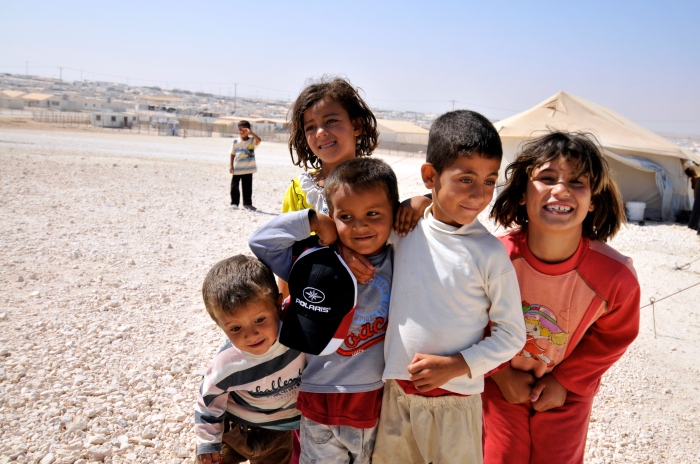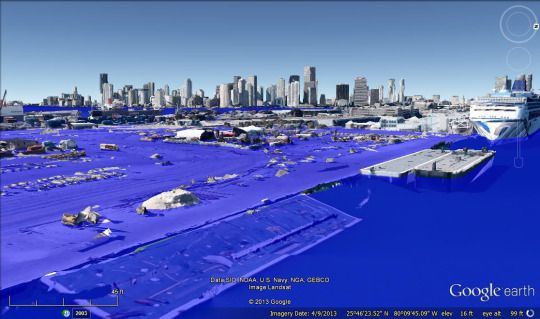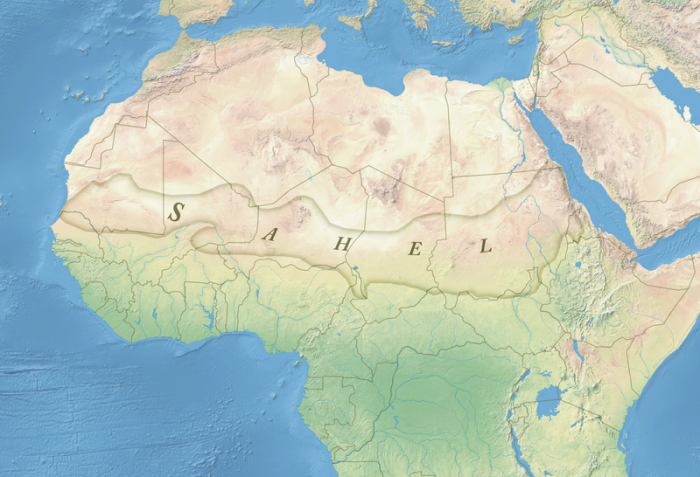
Published on the 38 Degrees Manchester blog, in The News Hub and on A greener life, a greener world blog.
Climate change is one of the 4 main threats to human survival and is already having far-reaching effects. Climate scientists are predicting that 2015 will be the hottest year on record “by a mile”. A surge in ocean temperatures in particular now makes it almost inevitable that this year will turn out to be the hottest year globally since instruments were first used to gather readings more than 130 years ago.
It will mean that the three warmest years since records began in 1880 – 2015, 2014 and 2010 – happened in the past five years, and nine out of the 10 warmest years have all occurred in the 21st century.
The direct effects of human-driven climate change
We are now in an era where climate change isn’t some kind of future hypothetical notion. Climate change is already disrupting our agriculture and ecosystems, our water and food supplies.
In 2014, a report from the UN’s Intergovernmental Panel on Climate Change (IPCC), a three year joint effort by more than 300 scientists, concluded that climate change was already having significant effects – melting sea ice and thawing permafrost in the Arctic, killing off coral reefs in the oceans, and leading to heat waves, heavy rains and other natural disasters.
Climate change has already cut into the global food supply. Global crop yields are declining – especially wheat – raising serious doubts as to whether production can keep up with population growth. Fish catches in some areas of the tropics are projected to fall by between 40% and 60%.
The longer term impacts will be devastating. NASA has been measuring sea levels for the last 23 years and they predict sea levels to rise by an average of 3 feet by the year 2100; with some scientists predicting as much as 6 feet. It can’t be underestimated how devastating this will be for many island nations and coastal populations in the coming century.
Here’s what Miami, Florida would look like after just a meter of sea level rise, according to a visualization created by Andrew David Thaler, a marine science PhD and ocean-science website editor:

The cumulative effect
The wider impacts of rising sea levels, extreme weather events and global food shortages can’t be considered in isolation. The impacts will be in tandem with existing problems such as population growth, poverty, inequality, political instability and economic shocks. The Pentagon, has talked about climate change as a “threat multiplier”, increasing the risk of conflict.
In fact, a new study released in March suggested that this is exactly what happened in Syria, following a drought, which started in 2007 and continued until at least 2010, leading to a collapse of farming, followed by the migration of 1.5 million farmers to the cities, and then to poverty and civil unrest. Speaking to The Telegraph, climate scientist Richard Seager at Columbia University, a co-author of the study, said:
“It was a contributing factor to the social unravelling that occurred that eventually led to the civil war.”
The study’s authors do not claim that climate change caused Syria’s civil war. They acknowledge that there were numerous factors involved, including the oppressive Assad regime, an influx of more than 1 million refugees from Iraq and the wave created by the Arab Spring. But the drought was a significant factor. Prof Richard Seager, a climate scientist at Columbia University and co-author on the new study, explained:
“We’re not saying drought caused the war. We’re saying that added to all the other stressors, it helped kick things over the threshold into open conflict. And a drought of that severity was made much more likely by the ongoing human-driven drying of that region.”
But it’s not just conflicts exacerbated by climate that will create refugees: climate change, in and of itself, is likely to cause mass migration.

According to Roger Martin at Population Matters, UN demographers project that by 2100 the Sahel region’s population will grow from 125 million to 650 million, while the IPCC project that the region’s temperature will rise by between 4.5 and 6.5 degrees, making it virtually uninhabitable.
Hundreds of millions will seek to move, either South towards the coast or North towards Europe. But the Mediterranean will also be getting drier as the century moves on, with knock-on negative social and economic impacts. Countries like Spain, Italy and Greece will suffer most, meaning significant numbers of people may migrate north, and of course, displaced people from elsewhere won’t stay in the Mediterranean, they’ll keep travelling north.
One day there could conceivably be Italians and Greeks in camps in Calais as well as millions more from the African continent and the Middle East, as their own countries become even hotter and more arid.
All the current focus is on the refugee crisis in Syria, and quite rightly so. But what we’re seeing now is not an aberration. It’s not a temporary disaster. In short, the current ‘crisis’ is trivial compared to what’s in store, where tragedy on a vast scale seems almost inevitable. Unless we act.
Time to Act
There is an urgent need to address the current refugee crisis, to bring peace to Syria and to prevent the worst effects of climate change.
I’ve put together a list of things we can do to help tackle the refugee crisis:
Refugee crisis: 4 things you can do to help
This is the start of a list of things we can do to help tackle climate change:
10 things you can do to prevent the worst impacts of Climate Change
This is an important forward look. Tell all your mates about it!
LikeLike
Excellent article.
A move away from people eating meat would help too. Meat production uses vasts amounts of water many times more than production for vegetables and other meat free alternatives. I am not advocating vegetarianism as such, just a reduction in meat.
LikeLike
Thanks Mark. You’re absolutely right. I mentioned this in my connected post:
http://thebeardyguy.com/2015/09/07/10-things-you-can-do-to-prevent-the-worst-impacts-of-climate-change-2/
I switched to veggie at the start of this year. I’d love to go vegan, but I don’t think I can do it. Not yet anyway. It’s about raising awareness and encouraging people to do what they can without either a) feeling guilty about what they’re not doing; or b) feeling like they’re being lectured too.
If a lot of people could just cut out beef & lamb or cut down on meat to once a week or at least one meat-free meal a day, it would make a massive difference. Each person who replaces beef and lamb with pork or chicken for a year saves 6 short-haul flights’ worth of CO2, according to Climate Action Network.
Ideally, we should treat farming the way we should treat the energy companies – impose higher and higher taxes on fossil fuels and meat, and use the money to subsidize the farming of organic fruit and veg and the switch to renewable energy and better energy efficiency.
LikeLike